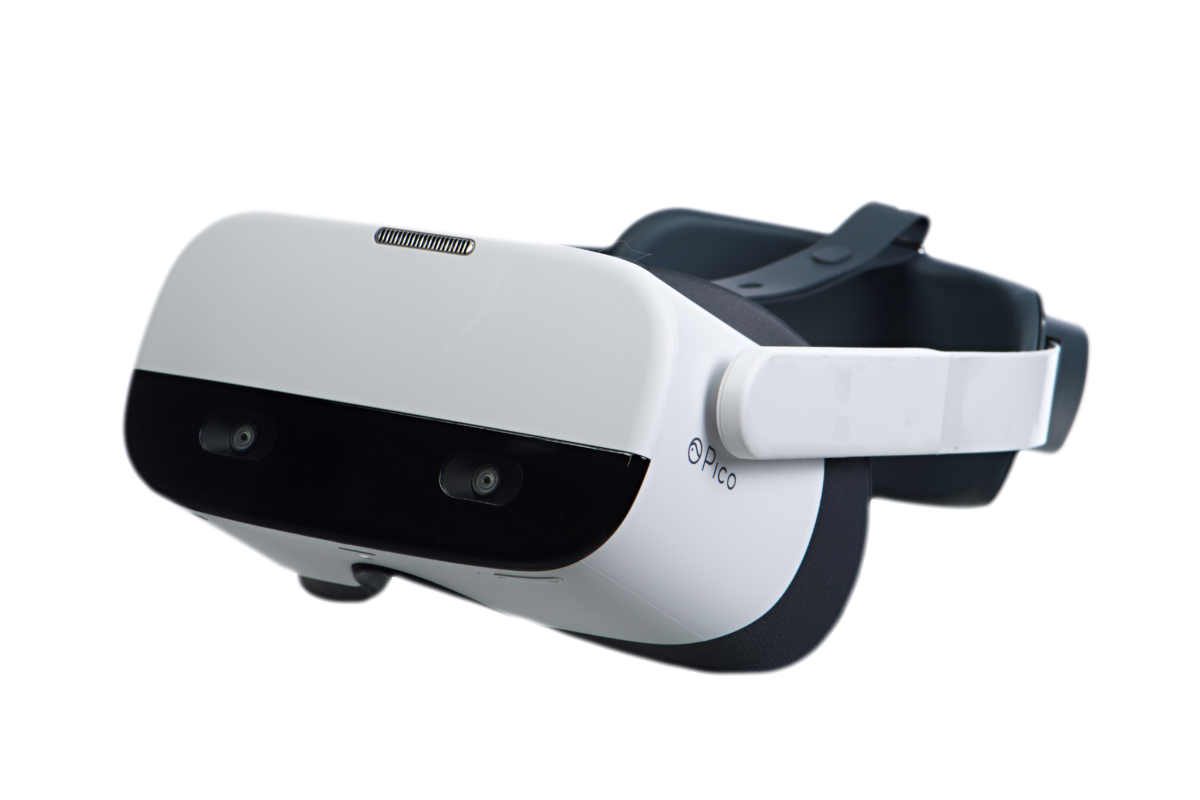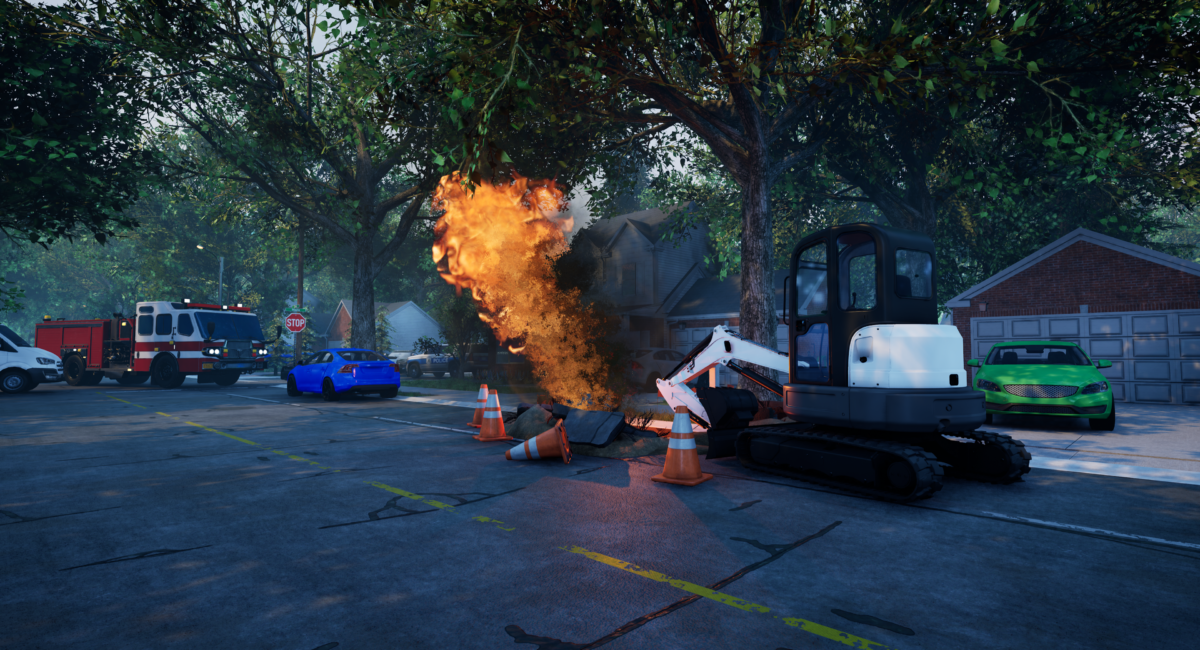‘Natural Gas Leak Emergency Response’ Teaches First Responders to Observe Critical Safety Protocols
ROYAL OAK, MI. – Expanding their service offerings in the energy and utilities sector, Michigan-based virtual reality software leader PIXO VR has formally announced the release of its latest VR Training experience, Natural Gas Leak Emergency Response, a practice and assessment tool designed for first responders on the scene of a natural gas leak. The simulation is the first of an entire suite of VR Training planned for the energy distribution industry which will include assessments for inside meter inspections, appliance inspections, inside leak investigations, outside leak investigations and classification, facility locating and marking, leak surveys, pipeline patrolling, and outside exposed piping inspections. PIXO VR will develop the suite in conjunction with the Gas Technology Institute (GTI) and Operations Technology Development (OTD), a not-for-profit corporation whose membership supplies 50 million natural gas consumers across the U.S. and Canada.
The first of those experiences, Natural Gas Leak Emergency Response, challenges trainees to respond to a simulated natural gas leak in a fully immersive and interactive 3D neighborhood. Once on the (virtual) scene, trainees refer to a work order and are graded in real-time on their ability to complete five critical missions: perform a leak investigation, evacuate, ventilate, and secure the affected area, identify potential ignition sources, communicate and coordinate with local agencies and other first responders, and monitor changing conditions on the ground.
With PIXO VR’s multi-user functionality, which allows dozens to explore and interact in the same environment from multiple endpoints, users can train independently or with an instructor. The simulated gas leaks themselves come in several forms, each requiring different actions be taken, originating as either a centerline sewer migrating leak or a leak caused by a struck gas line during an excavation. Challenging trainees further is PIXO VR’s scenario randomization feature, which ensures trainees stay engaged and alert with changing situational details.
For most companies, creating a suite of VR Training this expansive would require many months or even years to complete. Not for PIXO VR, said CEO Sean Hurwitz, who says his company has the ability to rapidly scale VR content creation and software distribution through its proprietary platform. The platform, Hurwitz said, uses a pre-existing framework that enables features like multi-user functionality, scenario randomization, and real-time reporting to come standard on all PIXO VR experiences and gives clients the ability to easily scale its VR solutions across their entire organization, encompassing numerous endpoints and thousands or tens of thousands of devices and users.
Critical to PIXO VR’s plans is the company’s position as being “enterprise distribution system agnostic”. With hardware heavyweights HTC and Facebook-owned Oculus offering competing “standalone” VR headsets, as well as device management and distribution systems, PIXO VR’s CEO says solutions built on his company’s platform will be compatible with both and optimized to run seamlessly on both HTC’s Focus and Oculus’ Quest, respectively.
“This new suite is exciting, but it’s just the start,” Hurwitz said. “We’re proving a model that can be applied to any industry or sector — complete VR solutions, easy to deploy, use, and manage on a global scale. So stay tuned.”
PIXO VR says the completed suite of VR Training experiences will debut in early 2020, with additional suites for the construction, and public safety sectors to follow.

PIXO Has Improved VR Management to One Easy Step


Leave a Reply
You must be logged in to post a comment.